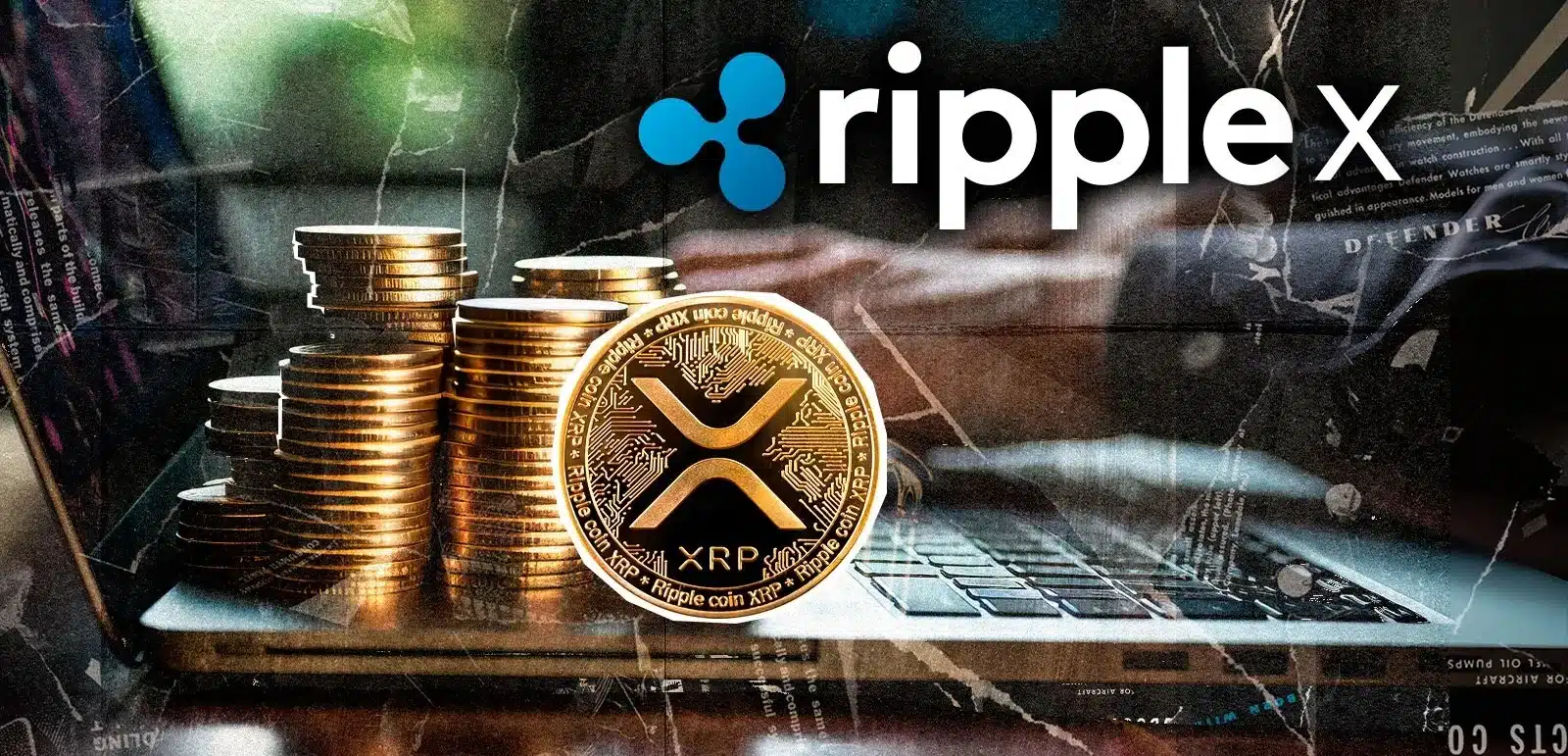- Ripple joins Eurosystem via SIAchain, bridging blockchain and central banking.
- Bank of Greece advances DLT integration, linking crypto assets with regulation.
- Eurosystem tests succeed, confirming Ripple’s role in Europe’s digital finance.
The European financial network is quietly making waves as an unearthed document shows Ripple’s indirect connection to the Eurosystem’s evolving digital infrastructure. According to documents shared by SMQKE on X, the integration is being carried out through SIA, an Italian payments network provider with strong links to the European Central Bank’s operational systems.
SIA operates SIAchain, a private blockchain network that connects over 580 institutions across Europe through the SIAnet framework. This network supports multiple Distributed Ledger Technology (DLT) platforms such as Ripple, Corda, Ethereum, and Hyperledger Fabric.
Its purpose is to enable secure, high-speed communication between decentralized applications and traditional payment services.
By embedding Ripple into this network, SIAchain acts as a bridge between the Eurosystem’s core payment platforms and blockchain-based solutions. This connection allows interoperability between tokenized assets and central bank money, bringing regulated finance and blockchain closer together.
According to SMQKE’s report, this integration is part of the Eurosystem’s DLT–TARGET initiative, a program aimed at linking blockchain networks with central bank payment systems.
Pilot transactions have already been conducted successfully, involving more than 200 operations with a total value exceeding 1.6 billion euros. These results demonstrate the readiness of the infrastructure to handle large-scale financial settlements through DLT.
Also Read: Wall Street is Now Measuring XRP – Here’s What Happened
Bank of Greece Leads in Driving Interoperability
In a recent speech, Yannis Stournaras, Governor of the Bank of Greece, highlighted the growing role of digital assets in global finance. He noted that stablecoins alone now represent a $250 billion market, emphasizing their integration into mainstream finance.
The Bank of Greece, he added, is actively contributing to the Eurosystem’s project by developing solutions that connect tokenized assets to central bank money.
Stournaras also underlined the importance of coordination with the Bank for International Settlements, ensuring the framework aligns with international regulatory standards.
This collaboration aims to balance innovation with financial stability, allowing blockchain-based systems to function under central bank supervision.
Moreover, the Eurosystem’s approach shows how blockchain can evolve within established regulatory boundaries while maintaining the efficiency of decentralized systems. Ripple’s integration through SIAchain illustrates a practical step toward that balance, positioning Europe at the forefront of regulated blockchain adoption.
As these developments unfold, Europe’s financial architecture is moving toward a model where blockchain and central bank infrastructure coexist seamlessly.
With Ripple already embedded in the system, the foundation for digital interoperability across the continent is firmly in place.
Also Read: Egrag Crypto Declares XRP “Super Bullish,” New All-Time High Incoming – See Targets

